-
×
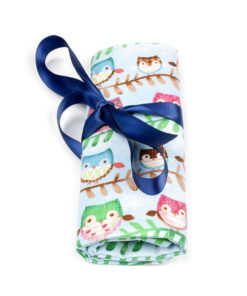 Crochet Hook Case (short) | Owls
1 × $17.50 CAD
Crochet Hook Case (short) | Owls
1 × $17.50 CAD -
×
 Split Ring Stitch Markers (24 pcs)
1 × $2.39 CAD
Split Ring Stitch Markers (24 pcs)
1 × $2.39 CAD -
×
 Crochet Hook Case (short) | Balls of Wool on black background
1 × $17.50 CAD
Crochet Hook Case (short) | Balls of Wool on black background
1 × $17.50 CAD -
×
 Plastic knitting needles (set of 4)
1 × $1.39 CAD
Plastic knitting needles (set of 4)
1 × $1.39 CAD
Bare yarn
Did You Know? – 10 Surprising Facts About Wool
Wool is a fascinating material that has been part of humanity’s story for millennia. Did you know, for example, that the earliest traces of woven wool were discovered in Mesopotamia and date back over 6,000 years? Ancient civilizations were already using this fiber to shield themselves from the cold and create elegant textiles. Whether it’s used to protect against the cold, craft stylish fabrics, or create unique handmade works of art, this natural fiber is full of surprises. Discover 10 captivating facts that highlight the incredible qualities of wool.
The Natural Properties of Wool
 1. Wool is naturally water-resistant
1. Wool is naturally water-resistant
Wool fibers contain lanolin, a waxy substance that acts as a natural water-repellent coating. Thanks to this, wool garments remain warm and functional even in damp conditions, making them an ideal choice for accessories like scarves and hats.
2. Wool is biodegradable
Unlike synthetic fibers, wool can decompose naturally within a few years, enriching the soil with nutrients. This natural process makes it an eco-friendly material, perfect for reducing your environmental footprint.
3. Impressive elasticity
A wool fiber can stretch up to 30% of its original length without breaking. This quality ensures that your knits retain their shape over time while offering great flexibility and durability.
4. Exceptional breathability
Unlike synthetic fabrics, wool naturally regulates temperature. It retains heat in winter and wicks away moisture in summer, keeping your skin dry and comfortable all year round.
5. Stain resistance
Thanks to its unique structure, wool repels liquids, making stains less likely to penetrate. The result? Your creations stay beautiful and easy to clean, even after accidental spills.
 An Exceptional Material for Everyday Use
An Exceptional Material for Everyday Use
6. Each sheep produces several kilograms of wool per year
A single sheep can provide between 4 and 8 kilograms of wool annually. That’s enough material to knit several garments or accessories—plenty to spark the imagination of creators.
7. Merino wool: softness and elegance
Derived from Merino sheep, this fiber is renowned for its unparalleled softness. Perfect for sensitive skin, it’s often used in baby clothing and high-end items, combining comfort and style.
 8. Wool is naturally fire-resistant
8. Wool is naturally fire-resistant
With a high ignition point, wool is difficult to set aflame and doesn’t melt, unlike synthetic fibers. These properties make it a safe material for interior textiles and protective clothing.
9. An allergy-friendly option
Contrary to popular belief, pure wool rarely causes allergies. Irritations are usually due to chemical treatments or blended fibers. Natural, untreated wool is gentle and suitable for most sensitive skin types.
10. A sustainable and responsible choice
By choosing wool, you support responsible consumption. For example, producing wool generates about 50% fewer greenhouse gas emissions compared to synthetic fibers like polyester. Additionally, its ability to naturally biodegrade helps reduce plastic waste in landfills. This renewable and biodegradable material reduces dependence on petroleum-based synthetic fibers while promoting environmentally respectful production.
Embrace Wool for Your Creative Projects
By incorporating wool into your creations, you’re choosing a noble and timeless material. Whether for knitting, dyeing, or crafting unique works of art, wool offers endless possibilities.
Need inspiration? Explore our selection of natural dyeable wool and embark on your next creative adventure.
Happy knitting and dyeing!
 English
English Français
Français
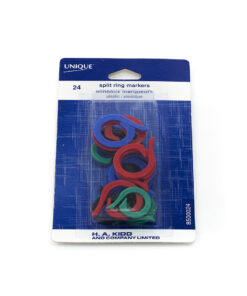 Split Ring Stitch Markers (24 pcs)
Split Ring Stitch Markers (24 pcs) 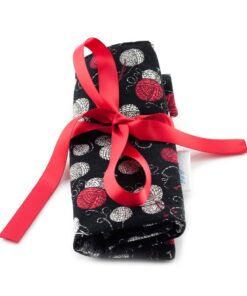 Crochet Hook Case (short) | Balls of Wool on black background
Crochet Hook Case (short) | Balls of Wool on black background  Plastic knitting needles (set of 4)
Plastic knitting needles (set of 4) 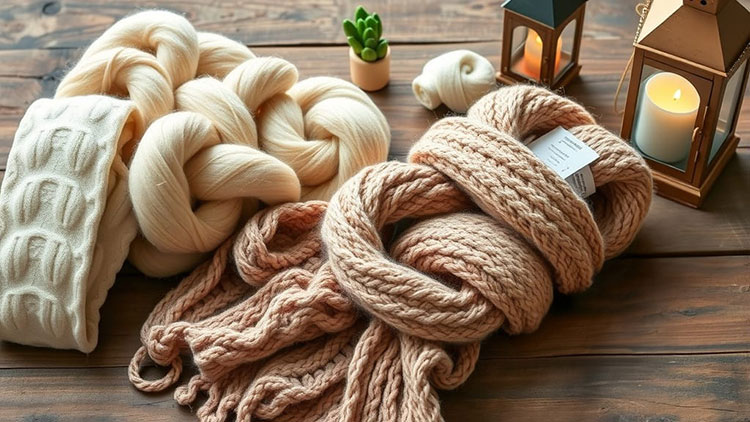
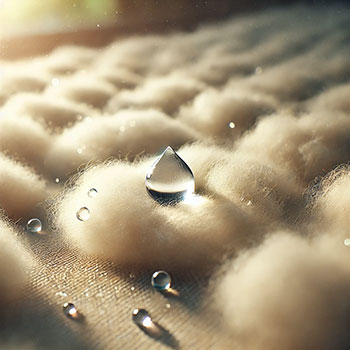 1. Wool is naturally water-resistant
1. Wool is naturally water-resistant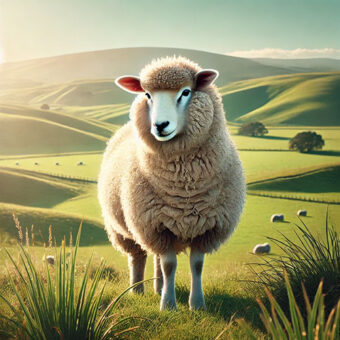 An Exceptional Material for Everyday Use
An Exceptional Material for Everyday Use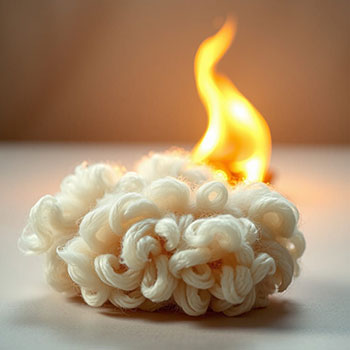 8. Wool is naturally fire-resistant
8. Wool is naturally fire-resistant